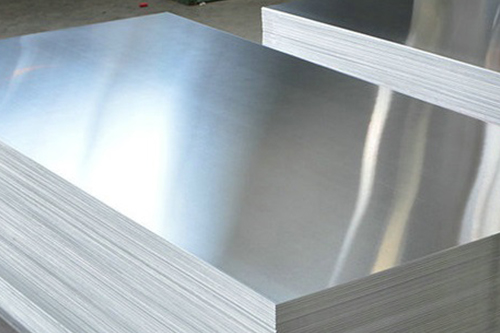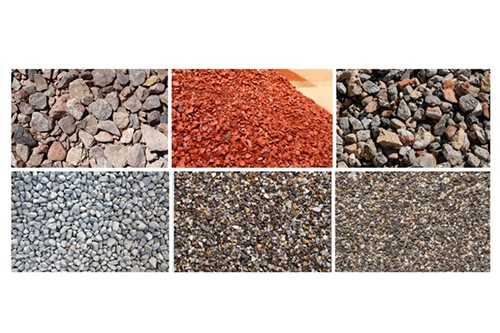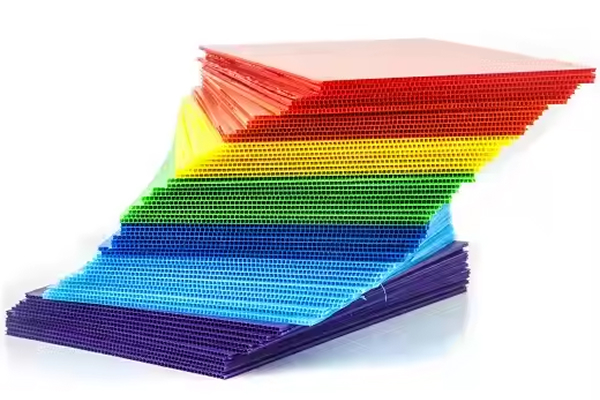ASTM E1086: Standards For Steel Testing
Introduction to ASTM E1086
ASTM E1086 is a critical analytical standard developed by ASTM International, which is predominantly designed for metal and alloy chemical analysis, particularly austenitic stainless steel. ASTM E1086 provides standardised tests enabling the reliable determination of elemental content through Spark-AES.
This standard is widely utilised across several industries such as construction, aerospace, automotive, and manufacturing, where chemical composition is critical for safety, performance, and compliance.
Importance of ASTM Standards for Metals and Alloys
ASTM standards such as E1086 are the pillars of material testing and certification programmes around the world. They offer standardised methods for evaluating material properties and ensuring product integrity.
In metals and alloys, compliance with ASTM E1086 ensures that:
• Material quality is in accordance with design and performance specifications.
• Production uniformity is ensured between various batches.
• International compliance is ensured, as ASTM standards are internationally recognised.
These advantages make ASTM E1086 a requirement in manufacturing quality control as well as engineering design verification.
What ASTM E1086 Is For
ASTM E1086 is used for various fundamental purposes in the metal industry:
1. Material Analysis
It provides an accurate and repeatable method of determining the chemical composition of stainless steel, measuring for elements such as iron, chromium, nickel, manganese, and molybdenum. This data is required to assist in verifying alloy grades and material integrity.
2. Quality Assurance
The standard allows for inspection during manufacturing and process control, so steel compositions match a designated standard (for example, ASTM A240, A276). This eliminates off-spec production that could lead to service failure.
3. Material Characterisation
By quantifying elemental concentrations, ASTM E1086 assists engineers in qualifying and controlling steel quality for the right selection to be made for corrosion resistance, strength, and heat resistance.
Testing Procedure
ASTM E1086 tests are based on spark atomic emission spectrometry, a destructive test that involves burning a small portion of the sample to establish its elemental content.
Step 1. Sample Preparation
A flat, smooth sample at least 13 mm (0.5 in.) diameter is required. Surface irregularities are ground or machined off for reproducibility and precision.
Step 2. Spark Discharge
An electric spark is discharged onto the surface of the sample under controlled conditions. The spark energy heats and excites metal atoms, which emit light at characteristic wavelengths.
Step 3. Spectrometry
The light that is emitted is analysed and measured using a spectrometer that finds the wavelengths of the specific elements. The quantity of each wavelength will be directly equivalent to the concentration of the element in the sample.
Step 4. Analysis and Verification
The spectrum obtained is matched against certified reference materials (CRMs) comparable to the anticipated composition of the sample. This gives a verification of accuracy and traceability of results reported.
Key Details of the Standard
|
Parameter |
Description |
|
Method |
Destructive testing using spark atomic emission spectrometry (Spark-AES) |
|
Scope |
Designed primarily for austenitic stainless steel and other similar alloys |
|
Sample Size |
Flat surface ≥13 mm (0.5 in.) in diameter |
|
Reference Materials |
One or more certified reference materials must be used to match composition |
|
Key Outputs |
Quantitative concentrations of alloying elements (Cr, Ni, Mn, Mo, Fe, etc.) |
|
Safety Requirements |
Users must follow proper electrical and optical safety practices |
These facts ensure the process yields precise, repeatable, and consistent results, making ASTM E1086 a standard for material identification. For more information, please check Stanford Advanced Materials (SAM).
Testing Techniques for Steel under ASTM E1086
While ASTM E1086 is focused on chemical testing, it also complements mechanical property testing specifications, giving complete information regarding material quality.
|
Testing Method |
Purpose |
Key Metrics Measured |
|
Spark Emission Spectrometry |
Determine chemical composition |
Elemental concentrations (Cr, Ni, Mo, etc.) |
|
Tensile Testing |
Measure strength and ductility |
Ultimate tensile strength, yield strength |
|
Hardness Testing |
Assess resistance to deformation |
Rockwell or Brinell hardness number |
|
Corrosion Testing |
Evaluate environmental durability |
Corrosion rate, surface pitting |
All these tests provide a composite analysis of the chemical and physical health of steel materials.
Benefits of Conforming to ASTM E1086
Compliance with ASTM E1086 offers a number of technical and business advantages:
•Enhanced Accuracy – Provides precise elemental analysis critical to alloy identification.
•Quality Certification – Ensures product traceability and global conformity with ISO and ASTM standards.
•Optimisation Process – Enables real-time feedback during production to correct composition deviations.
•Assurance of Safety – Avoids material failure under high-performance operations such as aerospace or chemical processing.
•Market Acceptance – Ensures compliance with international quality standards, enabling exports.
Uses of ASTM E1086 in Different Industries
ASTM E1086 has wide uses in industries that rely on high-performance metals:
• Construction: Assurance of structural steel composition for safety and corrosion resistance.
• Automotive: Characterisation of stainless steels and alloys for use in exhaust systems and engine parts.
• Aerospace: Approval of nickel-base alloys and stainless steels for aircraft parts.
• Manufacturing: Monitoring of metal castings, forgings, and heat treatment processes.
• Energy and Power: Control of quality of stainless steels used in reactors, turbines, and pipes.
By following ASTM E1086, engineers can assure materials with confidence to comply with performance and regulatory specifications.
Frequently Asked Questions
What is ASTM E1086 used for?
It establishes standard test methods to analyse the chemical composition of metals and alloys and assure quality and conformity.
Can ASTM E1086 be applied to any type of steel?
It is particularly developed for austenitic stainless steels but can also be applied to other iron-base alloys of a similar nature.
Is ASTM E1086 a destructive test?
Yes. The spark discharge removes very little material during the test.
Why are reference materials required?
They ensure spectrometer calibration and accuracy and provide traceable results to certified standards.
What safety measures are required?
Electrical grounding, eye protection, and adherence to laboratory safety protocols are required in spark emission testing.

 Bars
Bars
 Beads & Spheres
Beads & Spheres
 Bolts & Nuts
Bolts & Nuts
 Crucibles
Crucibles
 Discs
Discs
 Fibers & Fabrics
Fibers & Fabrics
 Films
Films
 Flake
Flake
 Foams
Foams
 Foil
Foil
 Granules
Granules
 Honeycombs
Honeycombs
 Ink
Ink
 Laminate
Laminate
 Lumps
Lumps
 Meshes
Meshes
 Metallised Film
Metallised Film
 Plate
Plate
 Powders
Powders
 Rod
Rod
 Sheets
Sheets
 Single Crystals
Single Crystals
 Sputtering Target
Sputtering Target
 Tubes
Tubes
 Washer
Washer
 Wires
Wires
 Converters & Calculators
Converters & Calculators
 Write for Us
Write for Us
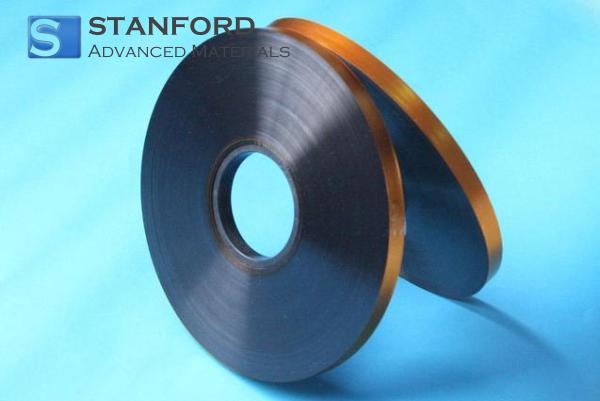
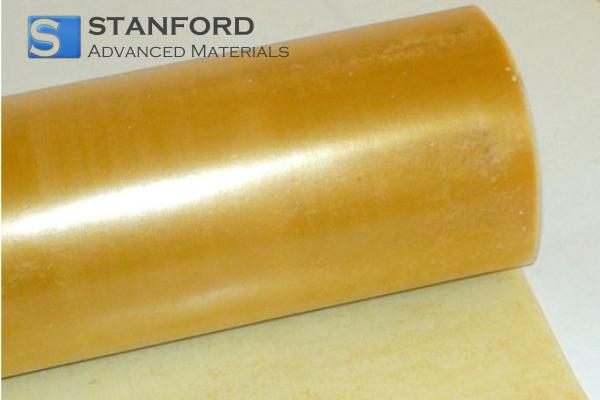
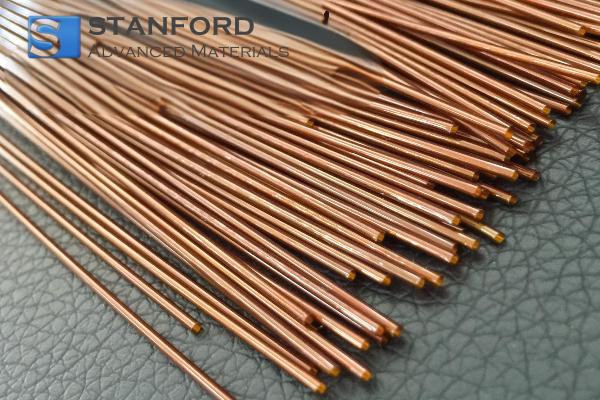
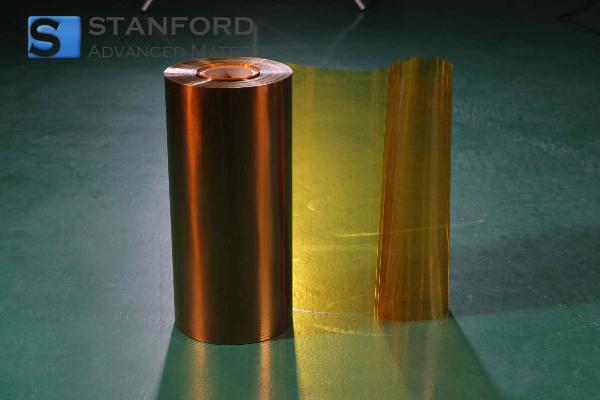
 Chin Trento
Chin Trento

